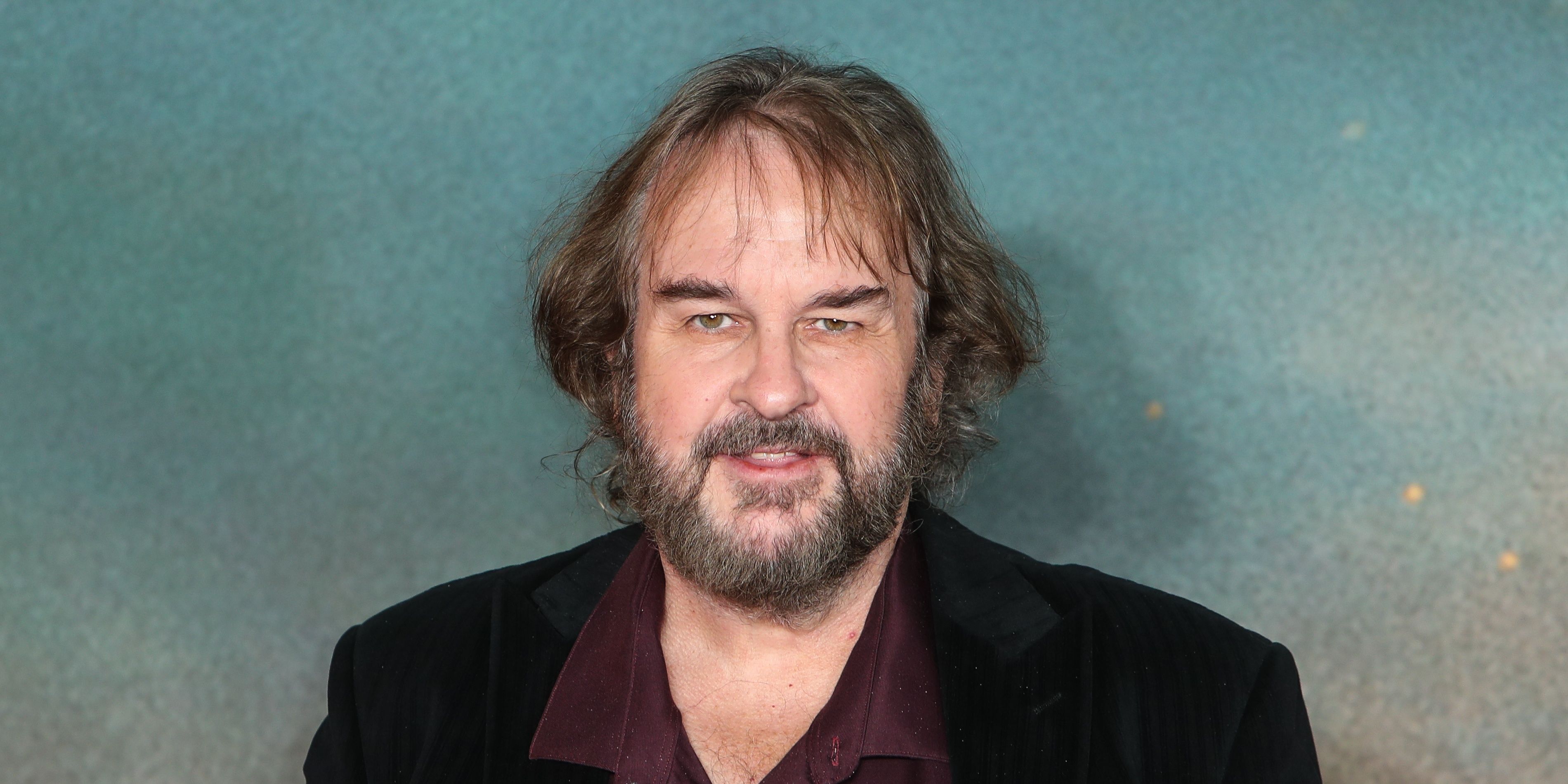
Peter Jackson’s *Hobbit* films featured two primary Orc villains: Azog the Defiler and his son, Bolg. Azog had a long-standing grudge against Thorin Oakenshield, stemming from a previous battle where Azog killed Thorin’s grandfather and Thorin severed Azog’s arm. Over 142 years later, Azog sought revenge and relentlessly chased Thorin and his company as they journeyed to reclaim Erebor in *The Hobbit: An Unexpected Journey*. In *The Hobbit: The Desolation of Smaug*, Bolg took on the main pursuit of Thorin while Azog reluctantly served the Dark Lord Sauron. The final film, *The Hobbit: The Battle of the Five Armies*, showed Azog and Bolg teaming up to defeat the combined armies of Erebor, Lake-town, and the Woodland Realm. Both Orcs were killed in the battle, but not before they fatally wounded Thorin and his nephews, Fíli and Kíli.
Peter Jackson significantly altered the roles of Azog and Bolg, two Orc villains from J.R.R. Tolkien’s *The Hobbit*, in his film adaptation. In the book, Azog dies early on, and Bolg doesn’t appear until near the end. Jackson expanded their parts to create a more consistent and overarching threat throughout the trilogy, moving away from a series of separate adventures for Thorin’s Company. He even considered adding a third Orc villain – a younger version of Gothmog, the Orc lieutenant from *The Lord of the Rings: The Return of the King*, as revealed in the director’s commentary. This would have connected the two trilogies and appealed to fans of Jackson’s earlier work.
Gothmog Would Have Been Connected to The Hobbit’s Villains
In both *The Hobbit* and *The Lord of the Rings*, Azog and Bolg were unique because they were the only Orcs shown to be related. Director Peter Jackson intended to continue this storyline by revealing that the character Gothmog was their nephew—a connection not found in J.R.R. Tolkien’s original writings. While Tolkien didn’t establish any family ties for Gothmog, it would have fit with the narrative of Jackson’s films. Azog and Bolg were easily recognizable by their pale skin, and Gothmog, though a pinkish tan color, was still noticeably paler than most other Orcs, potentially inheriting this trait from a relative. Furthermore, the fact that all three characters’ names ended in the letter “g” might have signaled a family connection.
If Gothmog had been in *The Hobbit*, he would have been 78 years younger than he appears in *The Return of the King*. Director Peter Jackson described this version of Gothmog as a young, inexperienced Orc still being trained by Azog and Bolg. The films could have shown how Gothmog became a key leader in Sauron’s army, even though he wasn’t physically strong. He was a strategist, which was rare for Orcs. Maybe he would have distinguished himself during the Battle of the Five Armies, earning a promotion and showing Sauron that Middle-earth couldn’t be conquered with force alone. Alternatively, he might have just had a brief appearance as a nod to fans of *The Lord of the Rings*.
Peter Jackson Did Not Have Time to Include Gothmog in The Hobbit
Peter Jackson explained that while the design for the character Gothmog was finished, he and his team didn’t have the capacity to include him in the film. This was partly because Guillermo del Toro, the original director, left the project before filming started. When Jackson took over, he discarded much of del Toro’s work because it didn’t fit his vision, but they didn’t have enough time to create replacements. This led to a rushed process to get the script, sets, and character designs ready for filming – a stark contrast to *The Lord of the Rings*, which had years of preparation. Ultimately, Gothmog was removed to reduce the workload and allow the team to concentrate on the characters Azog and Bolg.
While a connection to *The Lord of the Rings* might have been enjoyable, the character Gothmog wasn’t really needed. The story already had plenty of villains, including two major Orc leaders, the Master of Lake-town, and Sauron himself. Unless Gothmog had a specific, personal conflict with one of the dwarves in Thorin’s Company, it’s difficult to see how he would have significantly contributed to the story. If the filmmakers were determined to include him, a better approach would have been to replace one of the existing Orc characters. For example, Azog could have died as he did in the book, with Bolg taking his place as the hunter of Thorin. Then, Gothmog could have taken over Bolg’s role as the younger, less experienced Orc in the second film. However, this change wouldn’t have drastically altered the plot beyond a minor reference. Focusing on original villains like Azog and Bolg helped *The Hobbit* stand on its own and maintain a distinct identity separate from Jackson’s *Lord of the Rings* trilogy.
Read More
- Mobile Legends: Bang Bang (MLBB) Sora Guide: Best Build, Emblem and Gameplay Tips
- Clash Royale Best Boss Bandit Champion decks
- Brawl Stars December 2025 Brawl Talk: Two New Brawlers, Buffie, Vault, New Skins, Game Modes, and more
- Best Hero Card Decks in Clash Royale
- Best Arena 9 Decks in Clast Royale
- All Brawl Stars Brawliday Rewards For 2025
- Clash Royale December 2025: Events, Challenges, Tournaments, and Rewards
- Call of Duty Mobile: DMZ Recon Guide: Overview, How to Play, Progression, and more
- Clash Royale Witch Evolution best decks guide
- Clash Royale Best Arena 14 Decks
2025-10-13 01:07